The Quisicuaba Association – a Religious & Cultural Institution
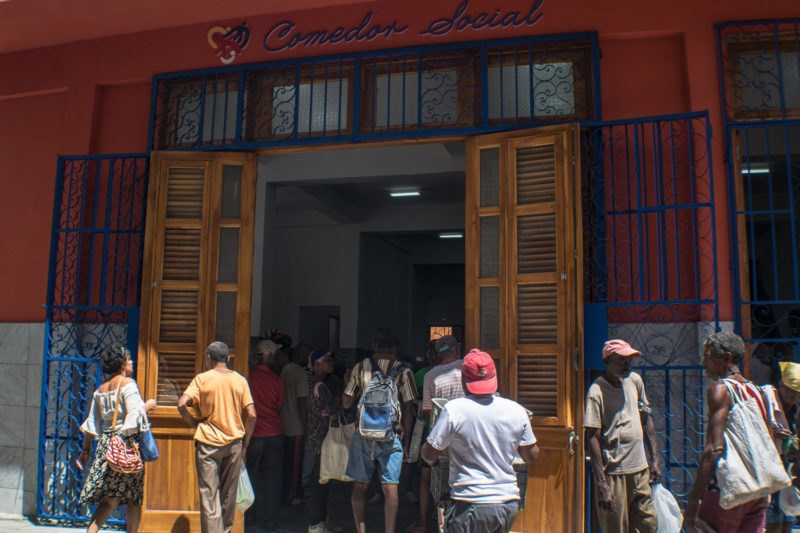
Photo Feature by Idania Cardenas
HAVANA TIMES – The museum is the headquarters of the religious institution, established in 1939 and founded by Andrea B. Zabala, the grandmother of Dr. Enrique Alemán, who is currently its president. It was always known as the Kardecian Crossed Spiritualist Religious Institution. Spiritism is the most authentic religious expression of Cuba. It did not come with any migratory process but corresponds to the practices of the indigenous aboriginal population.
In 1992, Enrique Alemán added the name Quisicuaba, referring to the origin of the Quisi ethnic group, which came from sub-Saharan Africa through the southern basin of Angola and settled in this area in the 16th century. It was the first settlement in Havana, located in an inhospitable, swampy terrain, but its lands were very fertile, providing food for what was Havana at that time. Later, they discovered a hardwood Cuaba tree (Caribbean Pine), used as a torch and in the construction of their homes; thus, the name Quisicuaba was born.
The institution is a family heritage put to social use. It was declared a museum in 2015 by the National Council of Heritage. It has different fundamental areas: the collection of majolica – decorative art pieces – are part of the family heritage and can be found in all rooms, the collection of Quesada lamps, and the work with historical memory that begins with the origin of the name.
One room is dedicated to the Orthodox Party due to its importance in Cuban history. There are pieces from its main leader, Eduardo Chivás, Fidel Castro’s registration form to the Orthodox Party, the two masks of Chivás’s face, a bronze portrait, and other objects from his personal life. Each room is separated by screens with allegorical stained glass to provide privacy since the rooms do not have windows.
Quisicuaba provides breakfast, lunch, and dinner for free to 4,000 people per day. Its staff also offers delivery services for those who cannot make it to the dining hall. Many people who appear at Quisicuaba’s doors suffer from various problems now exacerbated by the economic crisis, including addiction, nutrition, poor health, and other family-related issues. The Institution carries out a wide-ranging social assistance program, working towards human improvement under the precept of Jose Marti: “With everyone and for the good of everyone.”
The Institution’s social objective is to bring together all participants and scholars of Kardecian Spiritism and to carry out all related activities, benefitting without distinction of race, creed, or gender. It promotes the practice of religious ecumenism among spiritists and with other religious denominations, being by the guild and for the guild, preserving the legacy of our ancestors as part of the National Identity Heritage of our country.


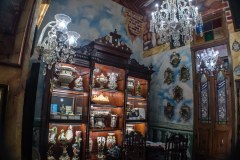
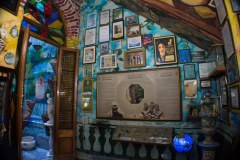


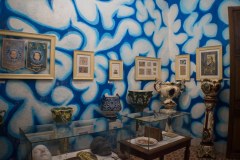
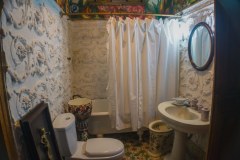
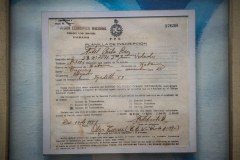
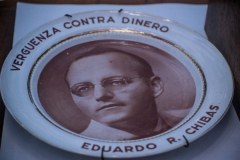

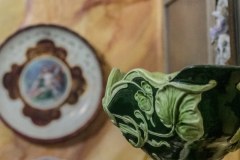
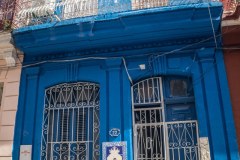
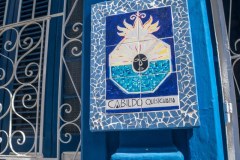
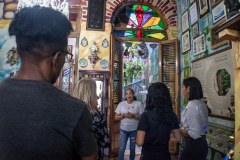
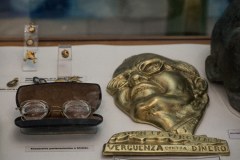
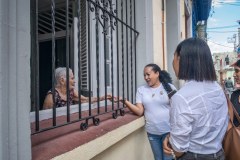
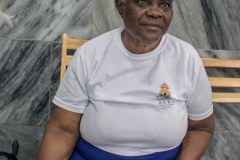
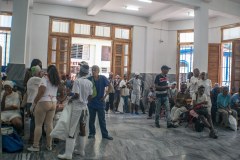
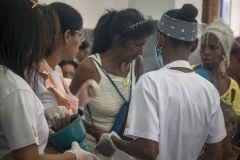
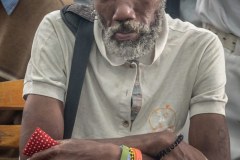
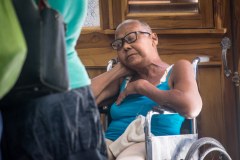
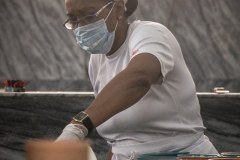
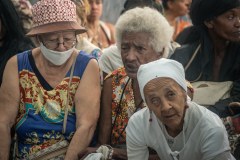

La dirección de Quisicuaba es
Maloja 26 entre Ángeles y águila
Centro Habana
Where is this museum/religious headquarters located?